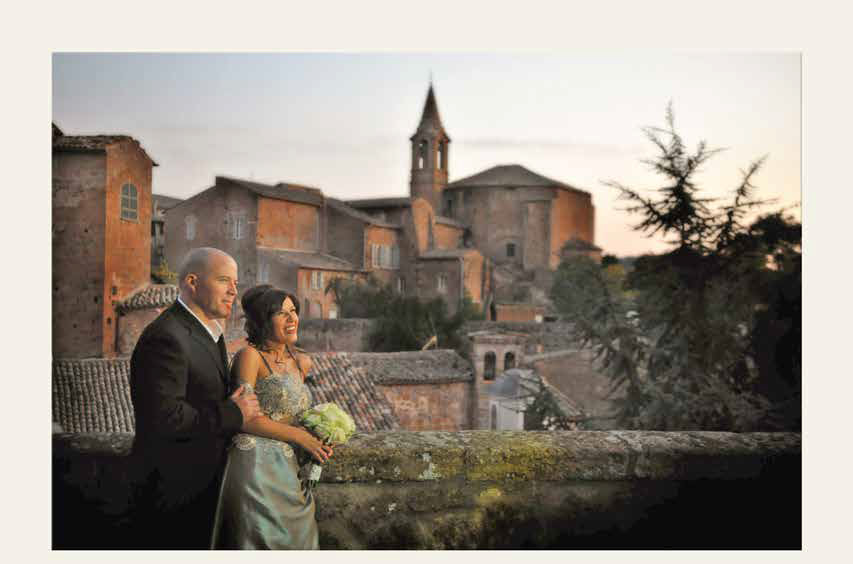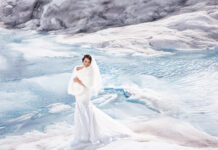
by
Martin Grahame-Dunn
FMPA, FRSA, QEP, Hon.FMPA
London, England
If one were to ask what the roots of photography were, I am sure we would receive a wealth of answers all to do with light to plates, plates to glass and glass to paper, coupled with distinguished names from photographic history books but perhaps it would be far easier to look at its purpose.
Man has always sought a way of glorifying and recording his exploits and status in life whether a hunter of Bison, a man of the Church, a trader or merchant or even a President or Monarch. The photographer is simply the artist painter of yesteryears empowered with the vision to see people as they are or even exaggerate just a teeny weeny bit. What the stroke of a brush did then, Photoshop now seems to emulate. Our mission in life has always been the flattery of our subjects. In my Texas School classes, I have dissected photographic practices, embedded core skills that, with the advent of digital seem to be dwindling and, above all, taught my willing charges to see and use light. So, away with the jargon and vocabulary of our industry and back to basics.
Without light we see nothing, create nothing and are nothing. But to master it in some measure enables us to construct images of beauty and meaning. Much of my life has been spent in studios creating light. Whether it was to be with a blonde, a redhead, a swimming pool (and no, I am not talking Heff’s Playboy mansion here!) or even a strobe or domestic light bulb, it made little difference as masters of our craft. We all need to learn to “Paint with Light.”
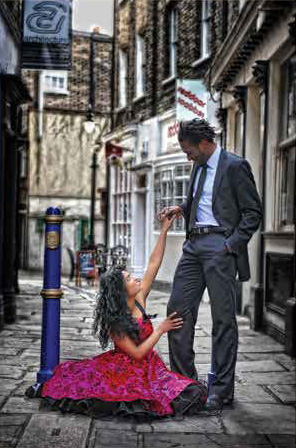 A pair of images worked with a series of Nik Color Efex 3 filters for that surreal approach. In both cases the ‘hot’ colour becomes the focal point and I challenge the viewer by enhancing a primary opposite with the bright blue posts in the same plane of focus. Just having fun on a training shoot really.
A pair of images worked with a series of Nik Color Efex 3 filters for that surreal approach. In both cases the ‘hot’ colour becomes the focal point and I challenge the viewer by enhancing a primary opposite with the bright blue posts in the same plane of focus. Just having fun on a training shoot really.
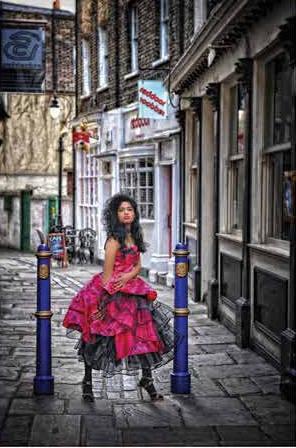
For too many years, I have been out of the game and teaching worldwide. But there comes a time in every teacher when they must return to their roots and this is a small part of my journey to share with you. A few short years ago, I decided to go back to doing some shooting. At that time, the thought of running around crazily shooting weddings again bore nothing but horror for me as, quite honestly, I feel I am “getting on a bit” (even though I have the mind of a teenager). So there were two choices: shoot something wedding related as I did back in the late 80’s and 90’s or do a little bit of fashion stuff… maybe even do a little of both just to “keep my hand in,” so to speak. Well, finding a market for both was not too tough as I have always been one for maintaining and building relationships. Off to Italy I go first. My quest was to work with natural light with just a hint of cool LED video light for a bit of fun and drama. Time is of the essence and I have always shot like I was using film. I want to enjoy my photography and not spend endless hours in the “digital darkroom” processing repetitive images for the sake of volume. Just how many diamonds do you need in one ring?

Each of the shoots I embarked upon were done and dusted within an hour and a half, including walking from location to location. The venues were “cold” inasmuch as there was no opportunity for a “recce” visit and there was a requirement to shoot both reactively and responsively. There is always a time to decide if a shoot should be “real” or “idealistic” as the need to strive for clear backgrounds can often divorce reality and context from the real life experience. To question if it is better to isolate one’s subjects by technique and allow others to simply gaze on can add a “truth” which is often absent from our imaging. As I get “longer in the tooth,” I question more and more exactly what “rules,” if any, need to be faithfully applied to our imaging and indeed if the application of the same can adversely affect the spontaneity and creativity in any measure.
This initial impetus to get me back behind a lens as a practitioner has proven to be a revelation in my life and re-visit all I know and ponder upon what I still need to learn for it is in essence a never-ending story. In nearly all of my life, photography has never been a hobby. It was left to family to record those precious moments and holiday memories as I was always pre-occupied with other things. In retrospect it was an attempt to separate my professional and personal life as I have long firmly held the opinion that the downfall of so many photographers is ego and a strong emotional attachment to their images that makes them hostile to criticism and indeed, evaluation. I have seen careers and friendships ripped asunder over images and that was a paddling pool I simply didn’t want to play in! And yet I became an educator of photographers whose specific business has been to illuminate, inspire and reinforce the fragile ego’s of so many who doubt their abilities on a daily basis. At least I am still capable of maintaining that professional divide.
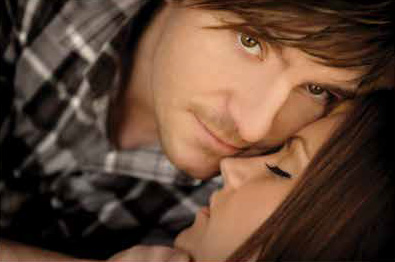
My true hobbies and interests in life have involved a deep interest in the ancient world and a search for esoteric knowledge and, before that all gets to sound real spooky, don’t worry! There are several maxims that seem to rule our lives and one I particularly love is “What goes round, comes around.” Photography is no different. Indeed we all learn from our pasts and that knowledge often dictates the future albeit the military strategies of Alexander the Great or the spiritual teachings that govern our lives and actions. In photography itself, I wish I had a dollar for every “newbie” in the industry that tells me they have suddenly discovered that shooting portraits outdoors (what we in Europe call Environmental Portraiture) is an innovation! They have actually been inspired by Cinema, DVD’s or, in some cases, a day out to an Art Gallery. So, the penny has dropped that there might just be a market for creating beautiful naturally lit images outside.
The use of our own senses of perception and the control of the same is indeed the first of my “Elements of Inspiration” which give us the firm grounding we need to begin our journey as image makers and keep our feet on firm ground for the duration of our careers – the understanding of composition. Composition itself is a subject that many have attempted to apply rules to rather than embarking on a quest to understand and reason exactly why human kind is captivated or inspired by certain shapes, figures and combinations of the same. In essence, what exactly is it in those elements that invoke different emotions on the viewer? Before I get too deep into this stuff, let me assure you that there is no “all powerful” council who has the authority to sit in judgment or to make and enforce so-called “rules” of any kind. It is in no one’s power to command us to like or appreciate something simply because it is written somewhere that accept or be damned! After all, in the world of art, our personal perceptions of aesthetics is down to the masterful statements of “I like it!” or “I don’t like it!” and, although we may sit in the presence of distinguished judges in print competitions, we may appreciate their points of view and pontifications but are just as likely to walk out of the room at the end thinking, “I don’t know what he was drinking last night when he was judging that image but I’m going to get me some!”
Until I expound further, I am going to leave you with a few images and a little game. Look around you everywhere you go and just think how often you see the square, triangle and circle in our daily lives and exactly what each of those shapes does for you. A tease I know but just maybe you will open your eyes just a little further.
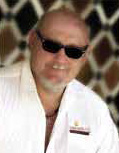 Martin Grahame-Dunn, from London, England, has been an instructor at the Texas School of Professional Photography in years past where he has captivated the attention of students by his unique insight and photographic skills.
Martin Grahame-Dunn, from London, England, has been an instructor at the Texas School of Professional Photography in years past where he has captivated the attention of students by his unique insight and photographic skills.



